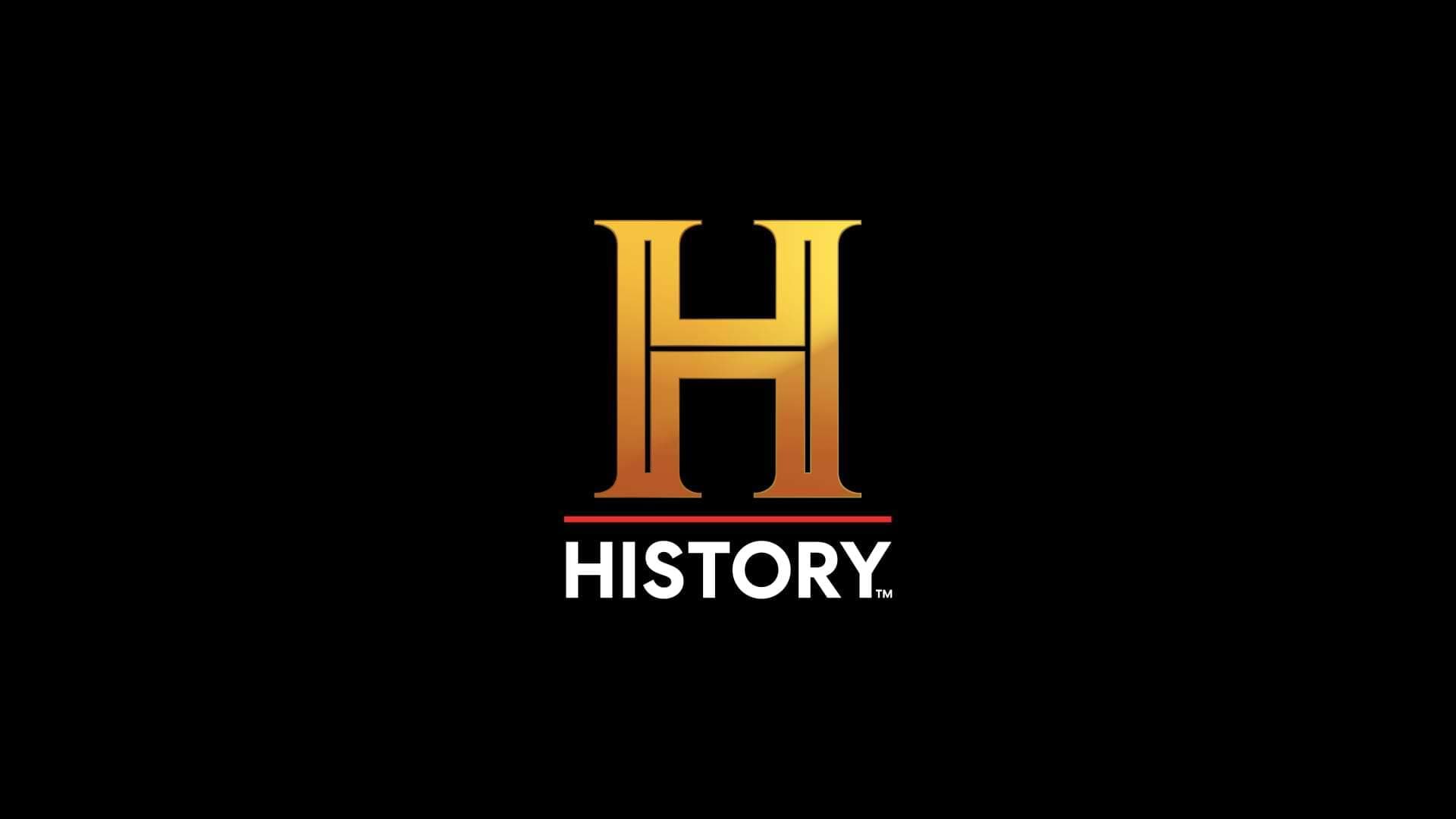On September 26, 1928, work begins at Chicago’s new Galvin Manufacturing Corporation. (The company had officially incorporated the day before.) In 1930, Galvin would introduce the Motorola radio, the first mass-produced commercial car radio. (The name had two parts: “motor” evoked cars and motion, while “ola” derived from “Victrola” and was supposed to make people think of music.)
In 1921, engineer Paul Galvin and his friend Edward Stewart started a storage-battery factory in Marshfield, Wisconsin; it went out of business two years later. In 1926, Galvin and Stewart re-started their battery-manufacturing company, this time in Chicago. That one went out of business too, but not before the partners figured out a way for home radios to draw power from an electrical wall outlet; they called it the dry-battery eliminator. Galvin bought back the eliminator part of his bankrupt company at auction for $750 and went right back into business, building and repairing eliminators and AC radio sets for customers like Sears, Roebuck.
Soon, however, Galvin’s attention turned to the car-radio business. The first car radios–portable “travel radios” powered by batteries, followed by custom-installed built-in radios that cost $250 apiece (about $2,800 in today’s dollars)–had appeared in 1926, but they were way too expensive for the average driver. If he could find a way to mass-produce affordable car radios, Galvin thought, he’d be rich. In June 1930, he enlisted inventors Elmer Wavering and William Lear to retrofit his old Studebaker with a radio and drove 800 miles to the Radio Manufacturers Association’s annual meeting in Atlantic City. He parked outside the convention, turned up the music (for this purpose, Wavering had installed a special speaker under the Studebaker’s hood), and waited for the RMAers’ orders to come rolling in.
A few did, and Galvin sold enough of his $110 5T71 car radios to come close to breaking even for the year. He changed his company’s name to Motorola and changed the way we drive–and ride in–cars forever.
For his part, William Lear went on to invent the eight-track cartridge-tape system, which came standard in every Ford car starting in 1966. Meanwhile, carmakers developed their own radio-manufacturing divisions, gradually squeezing Motorola out of the market it had built. The company stopped making car radios in 1984. Today, it’s best known for making cellular phones.
READ MORE: The Cars That Made America

